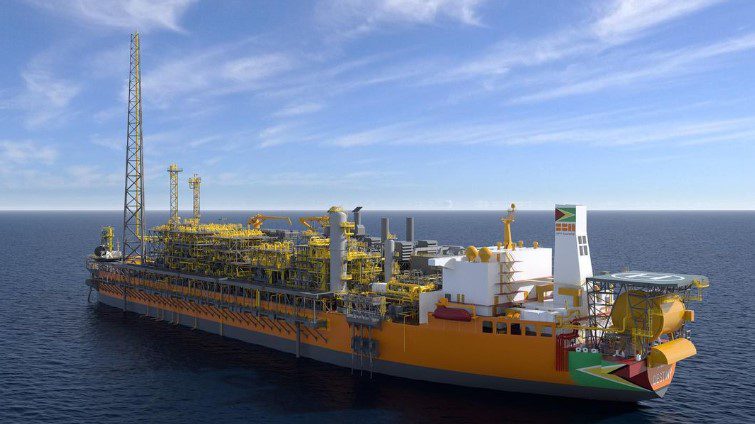The timeframe to ramp up Guyana projects to peak production is significantly less than neighboring Brazil, according to S&P Global Commodity Insights.
There are only two floating production, storage and offloading (FPSO) vessels operating offshore Guyana, in the Stabroek Block – the Liza Destiny and the Liza Unity.
Both vessels are built and operated by SBM Offshore.
Brazil, however, has 19.
The Liza Destiny bested out all on Brazil’s list, only taking a mere five months from start-up to hit peak production, according to S&P Global. It was designed to produce around 120,000 barrels per day (bpd) and started on December 20, 2019. This was later optimized to 140,000 bpd. In October last year, the project was observed producing in excess of 150,000 bpd on some days.
Notably, the Prosperity FPSO, about to start production, is expected to ramp up in five months.
The Liza Unity vessel ranks with Brazil’s P-69 FPSO, both taking 12 months before hitting peak, according to S&P Global. It began operations on February 11, 2022. It has a storage capacity of two million barrels of oil, and the capability to process 400 million cubic feet of gas daily.
According to the data, Brazilian projects have taken as long as 34 months to reach full processing capacity; the P-58 vessel is evidence of this.
The vessel started production on March 19, 2014. It was built to process 180,000 bpd, as well as 212 million cubic feet of natural gas from pre and post-salt reservoirs.
Brazil’s lowest timeframe clocked was nine months for the FPSO Carioca. It started production on August 27, 2021. The FPSO is capable of processing 180,000 b/d, as well 212 million standard cubic feet of gas per day, 240,000 barrels of water injection per day, and has storage capacity of 1.4 million barrels of crude oil.
See S&P Global’s full ranking here:




